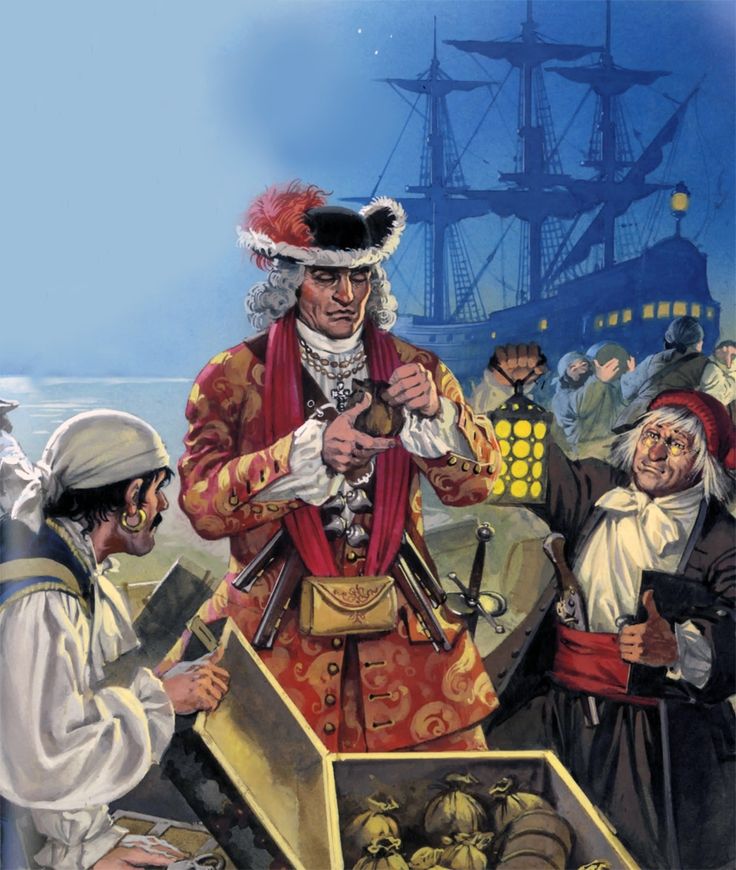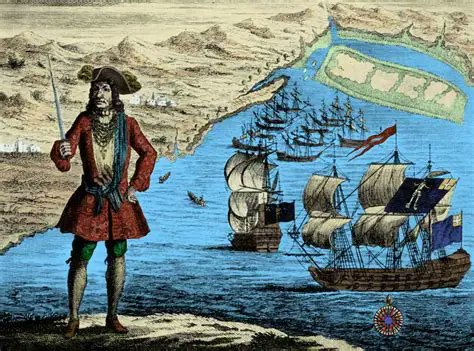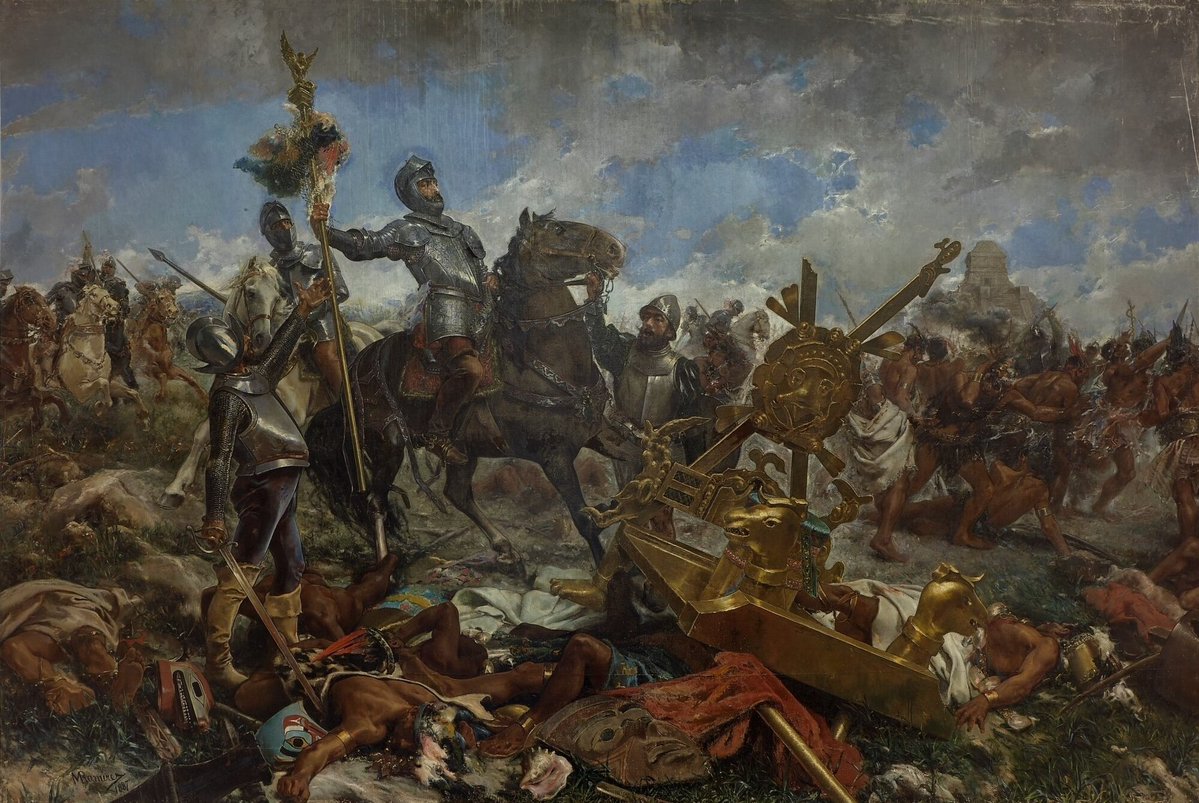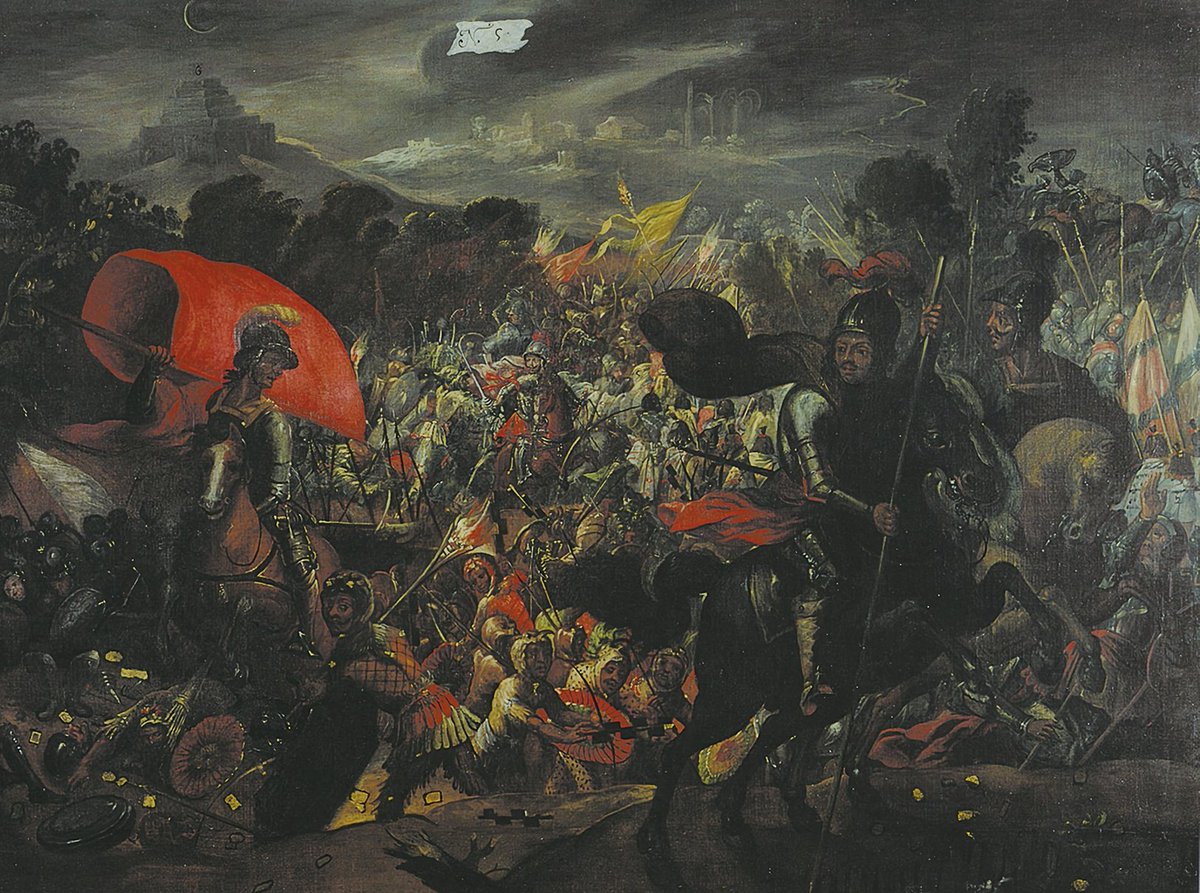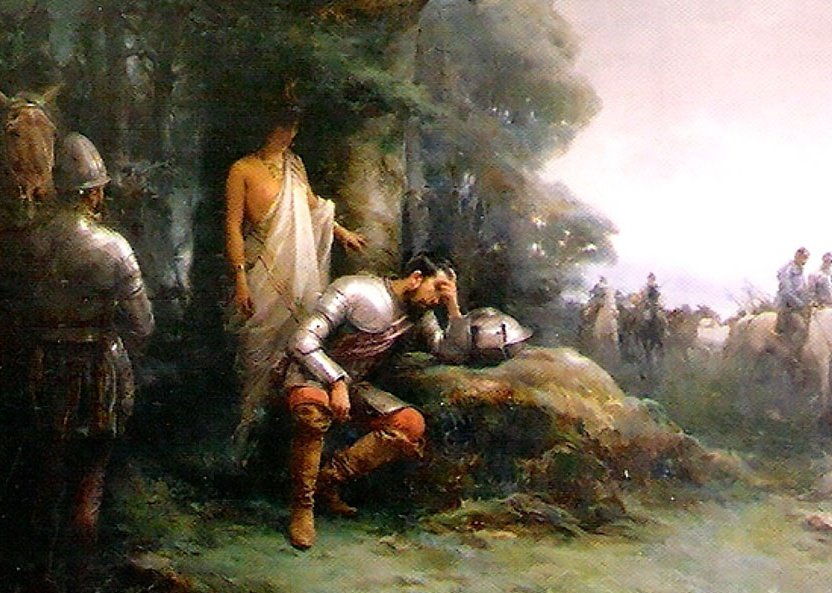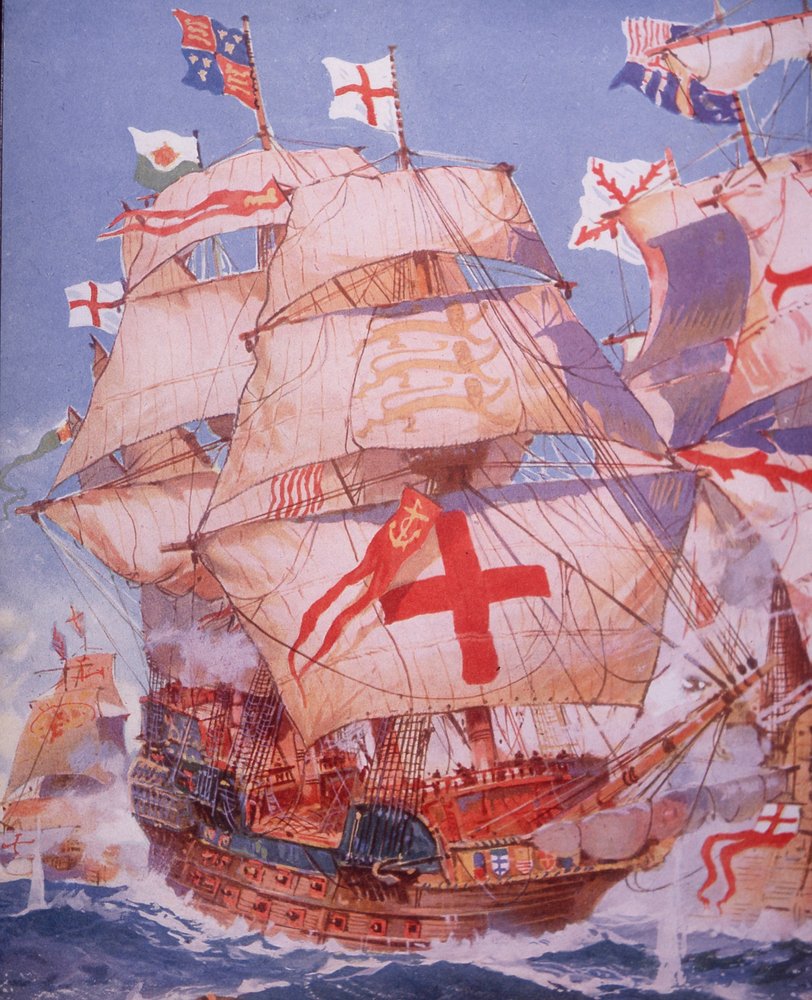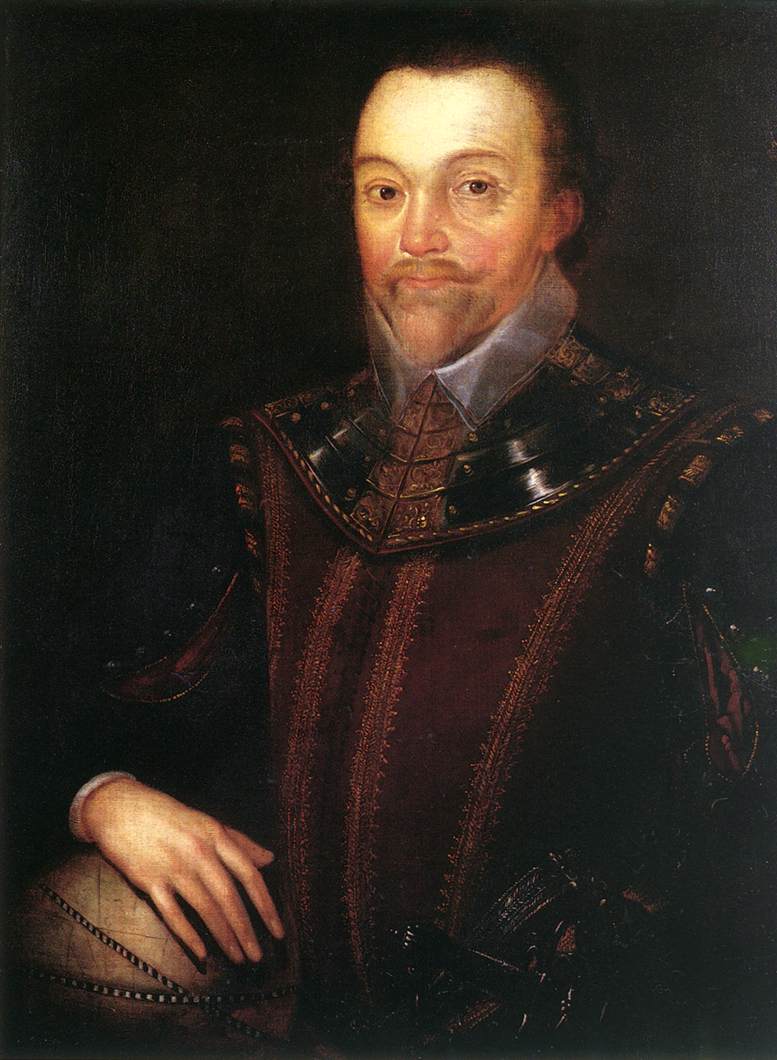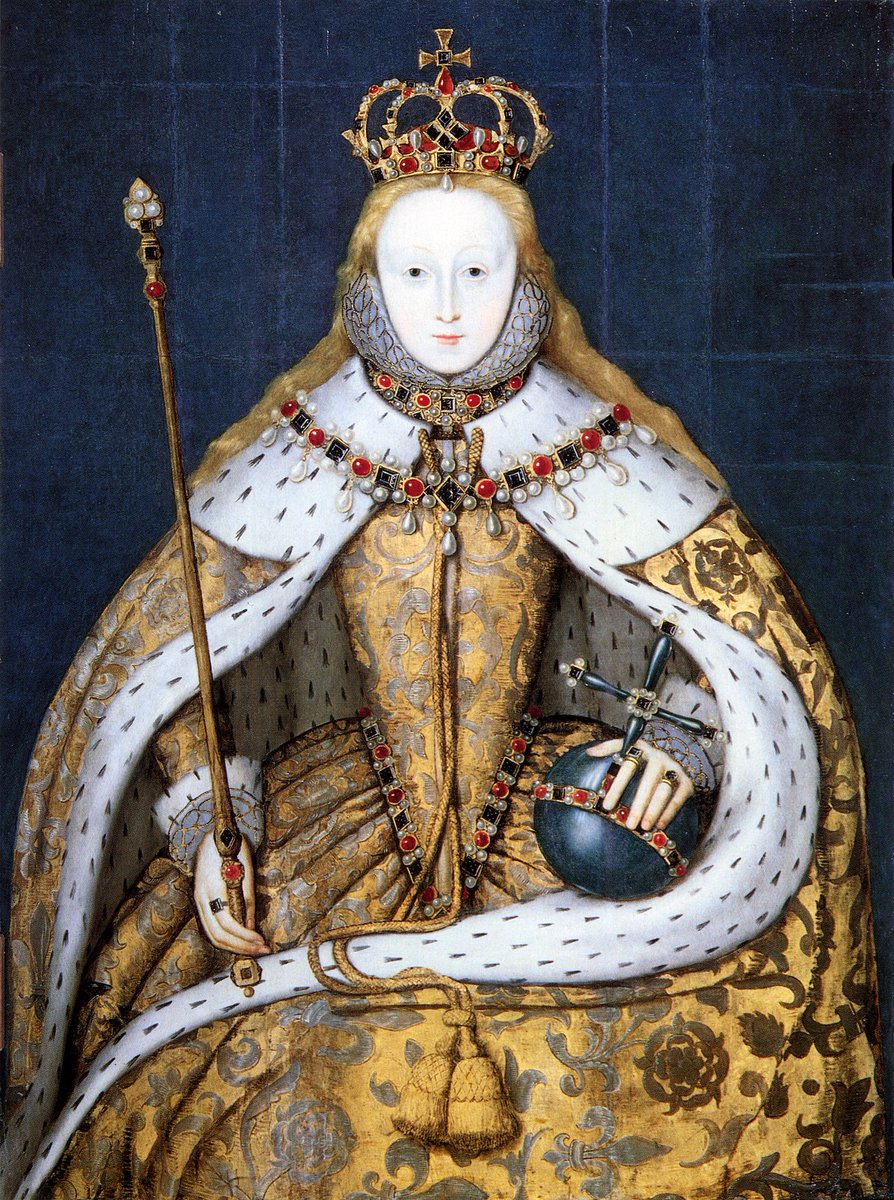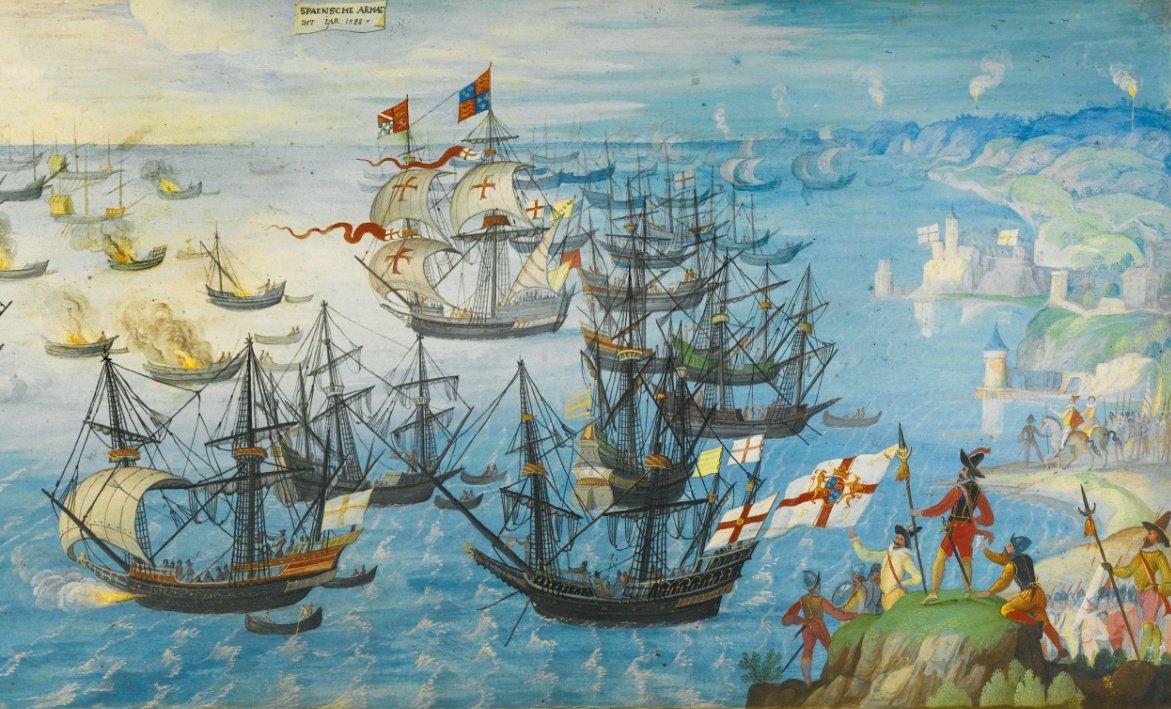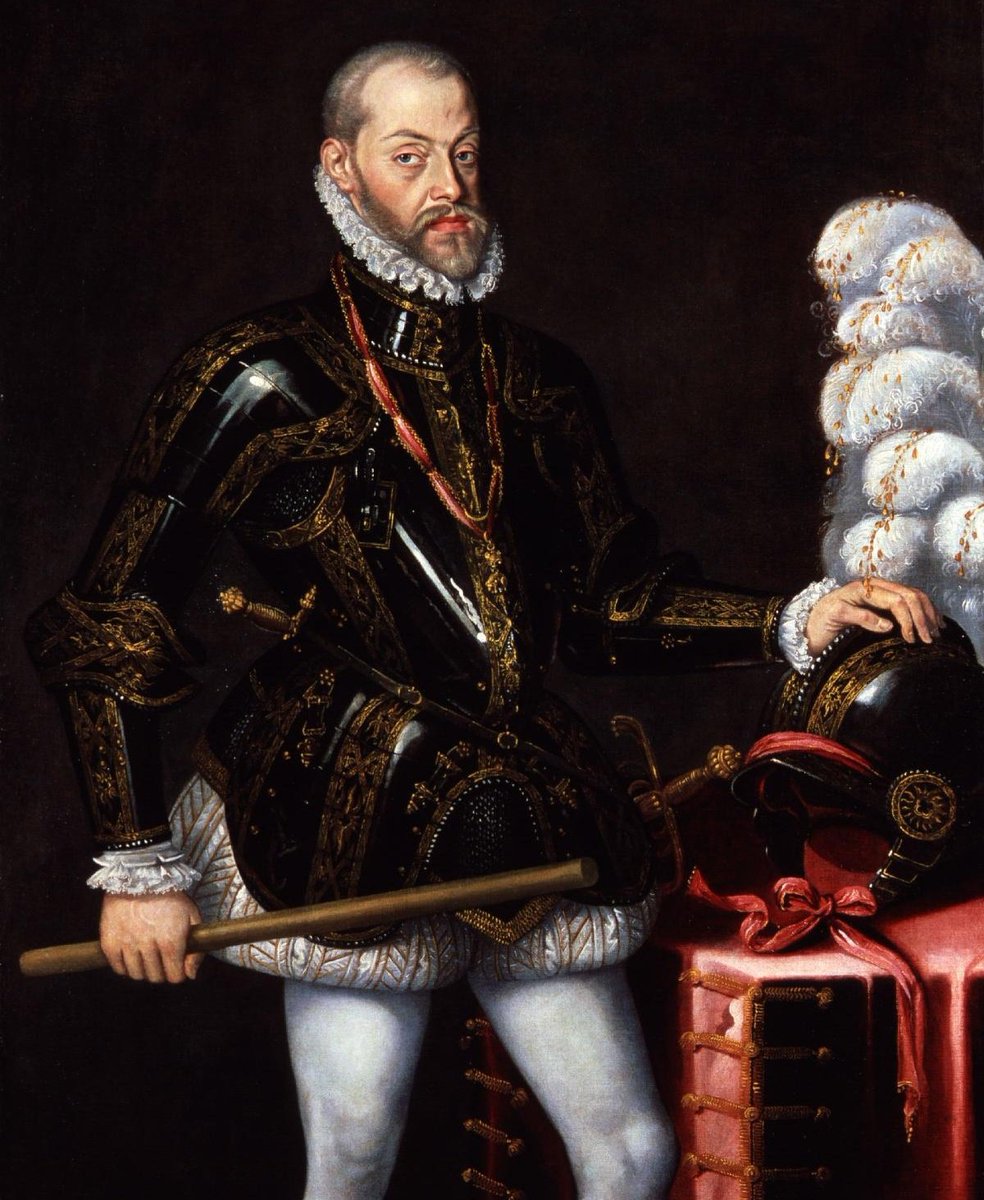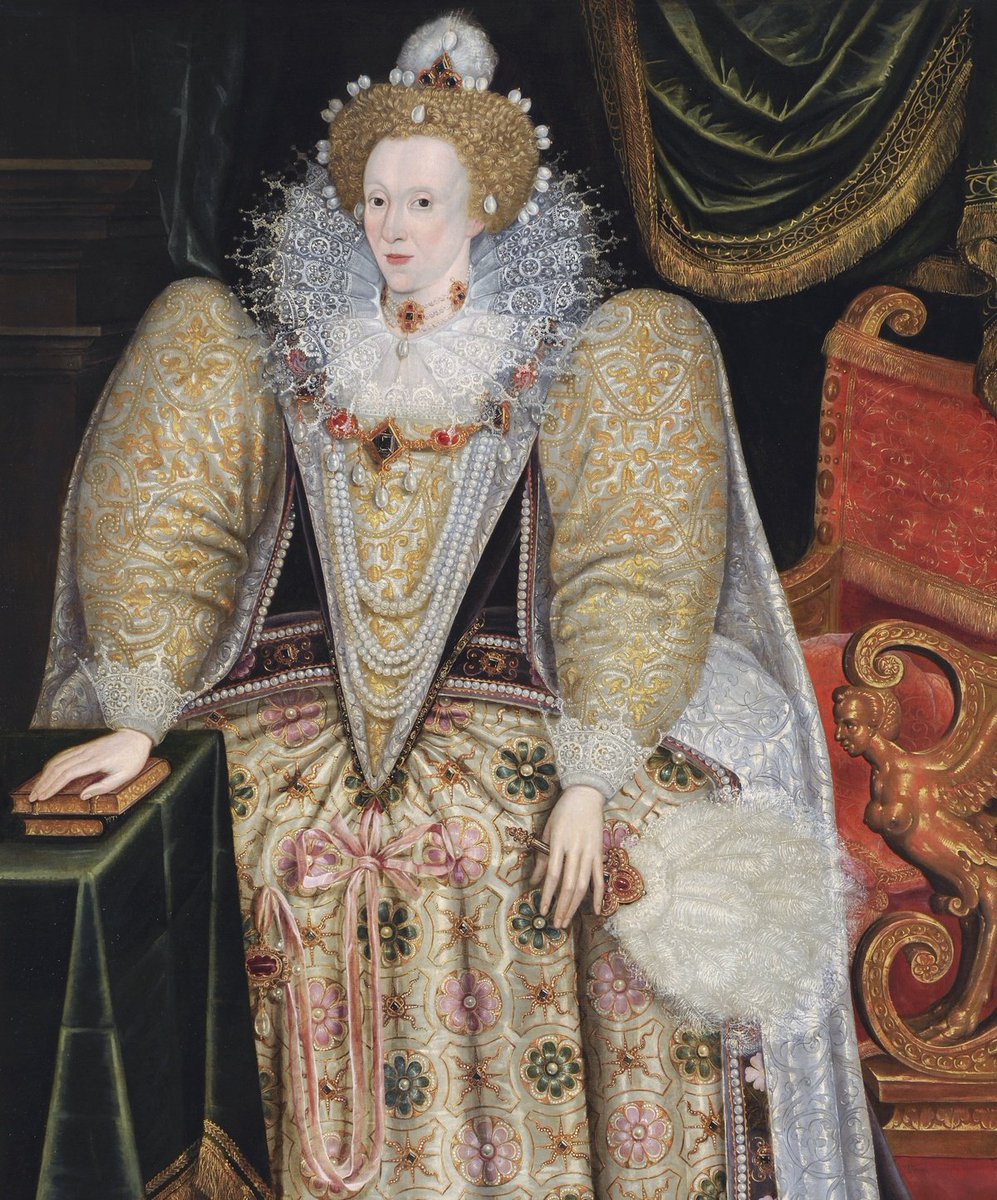In 1568, Captain John Hawkins was docked at Veracruz when a Spanish fleet attacked.
This act served as the prelude to the Anglo-Spanish war, and more importantly, it was the making of a young captain named Francis Drake.
This was the Battle of San Juan de Ulúa
A thread 🧵
This act served as the prelude to the Anglo-Spanish war, and more importantly, it was the making of a young captain named Francis Drake.
This was the Battle of San Juan de Ulúa
A thread 🧵

John Hawkins was a prominent sailor of the Elizabethan Age and he had recently been making forays into the New World.
He had found an in with the Spanish colonial administrators by selling them slaves at a marked down price.
He had found an in with the Spanish colonial administrators by selling them slaves at a marked down price.

The Spanish colonial administrators may have been willing to facilitate trade but in the eyes of lawmakers back home it was illegal.
Spain held a monopoly over much of the New World and it was not willing to let outsiders, like Hawkins, in on the action.
Spain held a monopoly over much of the New World and it was not willing to let outsiders, like Hawkins, in on the action.
Hawkins, with a fleet of 6 armed merchantman, including his flagship the Jesus of Lübeck, was traversing the coast of Florida when it came upon an enormous tropical storm. 

The storm battered fleet was now in desperate need of repairs.
Hawkins chose the port of San Juan de Ulua, at Veracruz, believing it to be the best place to make such repairs.
Hawkins chose the port of San Juan de Ulua, at Veracruz, believing it to be the best place to make such repairs.

Officials in San Juan were expecting a Spanish fleet, so when the English arrived they mistook them for the expected fleet and welcomed them in.
Panic arose when they realised their mistake, but Hawkins was quick to allay these fears advising that he merely wanted to reprovision
Panic arose when they realised their mistake, but Hawkins was quick to allay these fears advising that he merely wanted to reprovision

He was granted leave to do so, but that changed the very next day when a couple of Spanish Galleons were spotted on the horizon.
They were the expected fleet carrying Don Martin Enrique de Almanza, the new viceroy of New Spain.
A tense stand off ensued.
They were the expected fleet carrying Don Martin Enrique de Almanza, the new viceroy of New Spain.
A tense stand off ensued.

After discussions a truce was agreed, the port would be shared, hostages would be exchanged, and Hawkins would be allowed to reprovision.
Unbeknownst to Hawkins, the Viceroy was sent specifically with orders to stamp out English trade
He had no intention of following the truce.
Unbeknownst to Hawkins, the Viceroy was sent specifically with orders to stamp out English trade
He had no intention of following the truce.

Whilst the English were busy repairing, the Spanish were making moves, first they secured the shore batteries and then they packed full a hulk with a boarding party of 150 soliders.
The English grew suspicious when they heard movements on the evening of the 23rd of September.
The English grew suspicious when they heard movements on the evening of the 23rd of September.

In the morning Hawkins sent an envoy to the Spanish to demand they cease such movements and honour the agreement.
Instead the envoy was detained, and an attack order was given.
A signal trumpet cut through the thick air like a sharp knife.
Instead the envoy was detained, and an attack order was given.
A signal trumpet cut through the thick air like a sharp knife.

In a flash Spanish troops seized the handful of English shore batteries and in multipronged attack both the Minion and Jesus of Lübeck faced boarding parties.
Fierce close quarters fighting ensued with both attacks eventually being repulsed.
Fierce close quarters fighting ensued with both attacks eventually being repulsed.

Hawkins gave the order for the English to fire back, with rounds of canon being fired into the bowels of the Santa Clara causing her to sink.
For a brief moment it seemed the tide of the battle was turning unexpectedly in favour of the English.
For a brief moment it seemed the tide of the battle was turning unexpectedly in favour of the English.
However this feeling was shortlived, as they now discovered they were caught in a trap between the fleet and the shore batteries.
With a crack, the onshore canon began to punch holes in the hull of the Jesus.
Hawkins then manoeuvred her to act as a shield for the Minion.
With a crack, the onshore canon began to punch holes in the hull of the Jesus.
Hawkins then manoeuvred her to act as a shield for the Minion.

The abandon ship order was soon raised as then men began to flood onto the decks of the Minion.
In the choas, ships were set ablaze, and from the 6 ships of Hawkins fleet only 2 made it out.
The Judith under the command of Francis Drake and the Minion.
In the choas, ships were set ablaze, and from the 6 ships of Hawkins fleet only 2 made it out.
The Judith under the command of Francis Drake and the Minion.

The English had escaped, but at an enormous cost for Hawkins as his own nephew had joined his flagship in the depths.
Hawkins damned the treachery of the Spaniards, but he was simply in no position to do anything about it.
Hawkins damned the treachery of the Spaniards, but he was simply in no position to do anything about it.

Much to the dismay of Hawkins, his cousin Francis Drake then abandoned the Minion and made of for home himself aboard the Judith.
Hawkins, on the overcrowded Minion, eventually limped back home himself with only 15 of his crew surviving the homeward leg.
Hawkins, on the overcrowded Minion, eventually limped back home himself with only 15 of his crew surviving the homeward leg.
Hawkins and Drake viewed the events at San Juan as an example of Spanish treachery and both swore revenge.
Drake would soon have his, and then some.
For the Spanish and Don Enriquez he viewed it is a justified action, he was simply following his orders and fulfilling his duty.
Drake would soon have his, and then some.
For the Spanish and Don Enriquez he viewed it is a justified action, he was simply following his orders and fulfilling his duty.

The events at San Juan were but a preview of the Anglo-Spanish war of 1585-1604, which would eventually result in the launching of the Spanish Armada of 1588 and the English Counter Armada the following year. 

• • •
Missing some Tweet in this thread? You can try to
force a refresh








